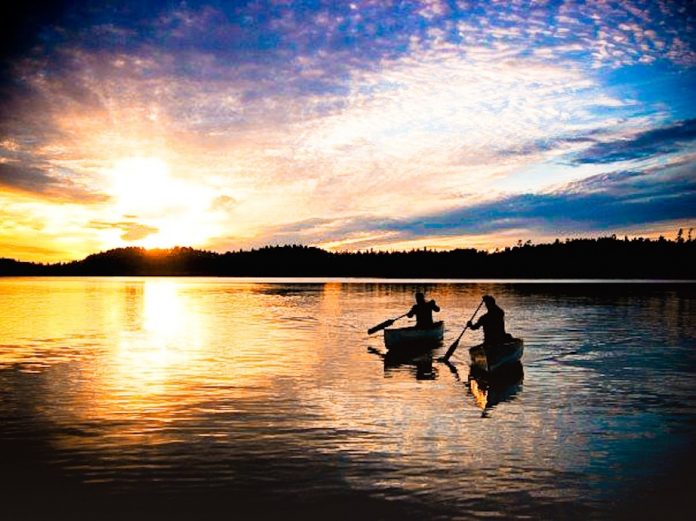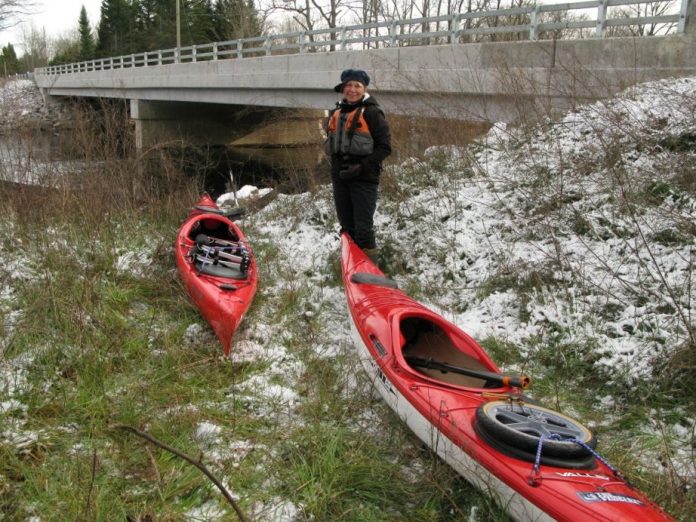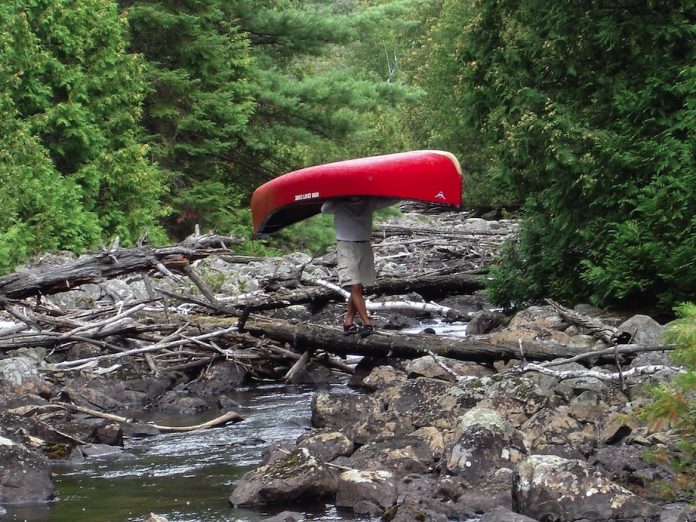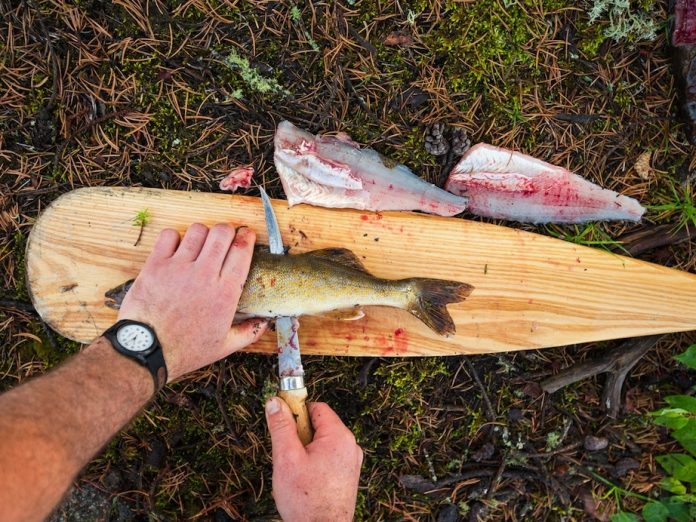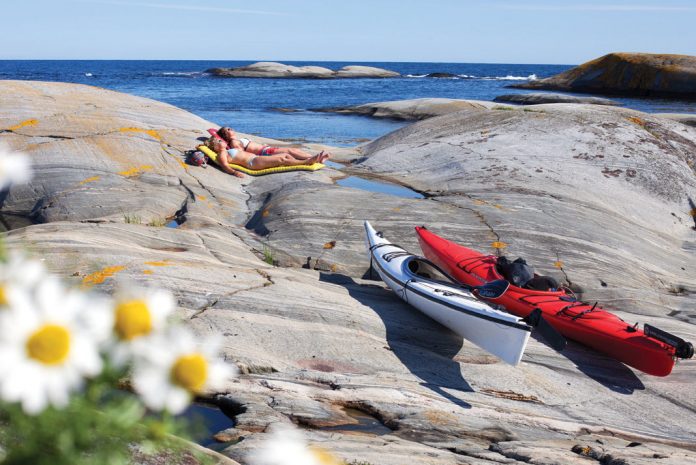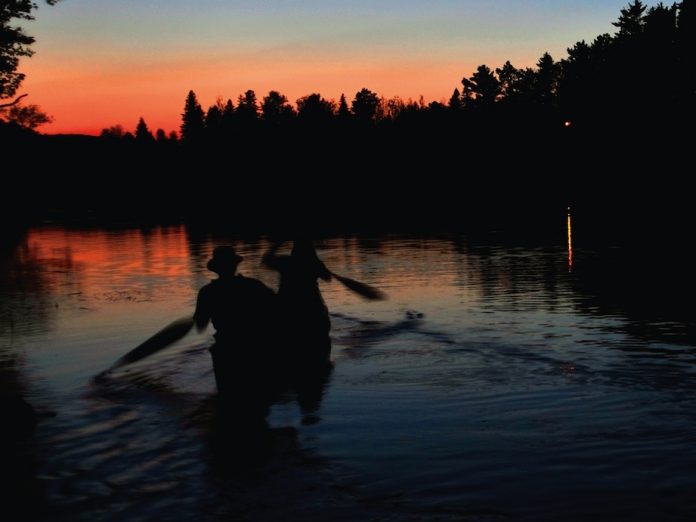The 2013 World Rafting Championships have come to a close in Rotorua, New Zealand. It was an action-packed four days, with results on the leaderboard changing constantly.
Day One:
Competitors raced the lower section of the Kaituna River in Sprint heats, where teams raced from below Tutea Falls to the takeout in a timed trial. Sweeping the Open Men’s category was the New Zealand team, setting a blistering time of two minutes and 13 seconds, followed closely by the Canadian Men’s team and Japan.
In the Women’s category, the Great Britain team took home the gold, while the Japanese and Kiwis took second and third.
In the Master’s category, the Kiwis again took the gold in both the Women’s and Men’s, with Kiwi women beating out their only competitor, Russia.
Day Two:
In head-to-head competitions, spectators were treated to a series of exciting match ups as teams competed against each other on the top section of the Kaituna. The most exciting race of the day was the Open Men’s final, which saw Brazil and Chile face off in a fast and pushy race. In the end, Chile regained their head-to-head championship title, leaving Brazil in second place.
In Open Women’s, Slovakia took the lead, beating out the Kiwi women and the USA. In Master’s Women’s, the Kiwis kept their lead against Russia, while the Master’s Men’s category saw the Kiwis take gold yet again.
Day Three:
Teams had two chances to run a clean and fast slalom course on the Tarawera River. The Brazilian Open Men easily secured a first place finish with a very fast and clean second run, inching them closer to becoming the overall winners.
In the Open Women’s category, Slovakia set the standard for best run, while in the Master’s Men’s the Czech Republic took the gold. The Kiwi women kept up their first place finish.
Day Four:
Rounding out the event was the Downriver race, the competition with the highest point value. Teams started with a Le Mans-style start, where competitors had to run a 20-meter distance before jumping into the raft and running 11 kilometers of Class II-III whitewater on the Rangitaiki River.
In the Open Women’s race, the Kiwis finally grabbed a gold medal, with a time similar to that of the Australian men.
In the Master’s category, the Kiwis again swept the board in both Men’s and Women’s, earning themselves the titles of World Rafting Champions.
The Brazilian Men battled it out in their category, knocking current World Champions, Japan, out of competition for the gold. As they crossed the finish line, it was clear they’ve been working hard for this day—exhausted smiles broke out across all six faces as they shouted a cheer.
“These guys have trained together for 10 years,” says Silmar Sendin, translator for the Brazilian Men’s team, “before this event, they trained everyday, sometimes at 2, 3 in the morning because of work. They have a dream, they fight everyday to get this dream, and today, it came true. “



